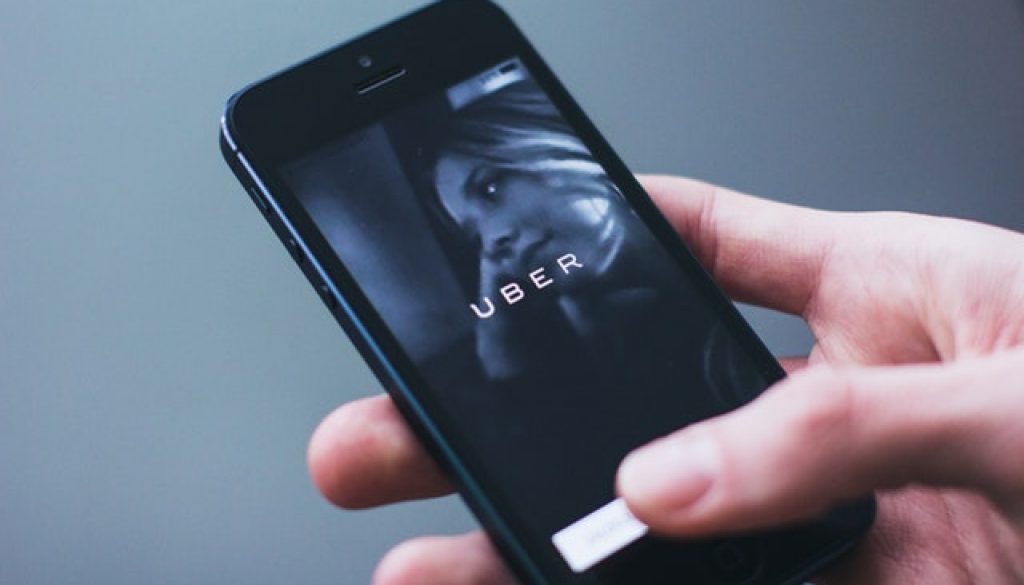Taxi Apps and E-Hail Apps Yay or Nay?
We all remember the days when the only way to get a car that could take us from A to B was to make a phone call that could last more than 5 minutes (especially if you’ve been put on hold), wait in line, wave frantically at passing taxis, or beg a friend or family member for a ride.
The whole process could be time-consuming, and not to mention stressful. Most of the time you’re not even sure if you would actually be able to get a ride at all. If you do manage to get into a taxi or some other paid car service, you have to be able to shell out the cash to pay for it right then and there even if you’re meeting started 15 minutes ago and you were supposed to be there 30 minutes before that.
With the ever-rising prominence of technology, some genius, tech-savvy people are bringing all of that to an end. Times are a-changing’ and they’re not slowing down for anybody. You’ve probably heard talk of the wonders of the newest up and coming E-Hail app and how it’s totally changing the game, but are these apps really all they’re cracked up to be? Are they really worth the hype?
As a fairly conservative and tentative user of all things smartphone myself, I completely understand why these apps just sound a little too good to be true and so, I set out to answer some of the major qualms I had with such a mystifying new service.
First and foremost; how do they work?
Are they cost-effective?
Do they make finding a ride easier?
Are they safe?
For the purpose of this blog, we will be comparing three major E-Hail apps that most of you would have heard of by now; Uber, Lyft, and Curb.
How:
Uber is one of the most well known e-hail apps in the world and was created in 2009 by Travis Kalanick and Garrett Camp.
In order to use the app and request rides you must have an account which would require you to download the app or access the website. You can’t pay with cash or card when using Uber so you’ll have to enter your credit card, PayPal or other electronic methods of payment information as part of your account information. Every time you take a ride, the cost will be charged to your account.
You request a ride by entering your location and destination into the app and waiting for it to display the drivers that are willing to take that route. It will also show you the driver’s location and how long it would take them to get to you.
When you click on each driver profile you will most likely be able to see their name, number, picture, vehicle information, and rating. Whichever vehicle or driver you select will then come and pick you up.
You can give the driver a rating reflecting your experience, and the driver can do the same for you. If you, as a rider, receive low overall ratings it can lessen your chances of getting rides the same way a low rating would hurt a driver’s chances of being accepted.
Uber drivers become drivers through the app and have set criteria that can vary from country or region such as how old their vehicle can be, whether they own the vehicle or not, background checks, etc.
Lyft is Uber’s main competitor in the USA and because they are so closely competitive they offer almost the exact same services with no major differences.
Curb works largely the same way as far as using the app to request an app goes but in this particular app you only request professional taxi drivers. They also use the same payment system and have a driver rating system.
Cost:
Base fare + cost per mile + cost per minute + (booking fee)
This is the basic formula applied to just about any ride for hire application in the industry. The differences lie in the rates themselves. As you are probably well aware, rates change according to the area of pickup and drop off.
Uber has various versions that offer specific services slightly different from the original version and these differ in pricing. For example; UberBlack or UberSUV is usually the most expensive service as it offers luxury vehicles whereas UberPool would be the least expensive as it is more of a rideshare service (multiple people sharing one vehicle going on a similar route or destination.
Lyft also has similar versions like LyftLux (luxury vehicle service) and LyftLine (rideshare service)
For the time being, Curb does not offer more specialized services so the rate stays consistent.
One major difference between Uber, Lyft, and Curb is that the latter does not use surge pricing during times of high demand. Uber and Lyft use surge pricing while taxis always utilize the fair market rate. Uber has even increased its rates up to 8 or 9 times when high demand overshadows the supply.
Easier:
More often than not, I’d say that using an E-Hail app is much easier than the traditional way of finding a ride. This is especially true if you are in a rush, if it’s late at night, somewhere that taxis don’t regularly pass through, or somewhere where there always seems to be more people in need of a ride than the actual rides themselves.
With these apps you don’t have to pick up the phone and talk to anyone, you don’t have to go outside, you can arrange a ride while getting ready or even in advance.
Safety:
People that manage to become drivers for Uber or Lyft have to fit certain criteria to ensure that they are in fact suitable service providers.
They have to be over the age of 21, have at least one year of driving experience, own (or in some countries lease) an insured vehicle that meets all lawful requirements and is less than 10 years old.
These companies conduct a background check and DMV check of the last 7 years of their lives. They also do not hire anyone with a DUI, violent crime conviction, or sexual assault charges.
As Curb works as a middleman between professional, licensed, insured taxi drivers and potential customers, it will be just the same experience as using a regular taxicab. It may even be better experience thanks to the driving rating system.
Not to mention, as you can make all payments electronically, you won’t have to worry about carrying physical cash or cards with you, which also makes the whole experience a little safer.
Overall, even if it may be tough to warm up to the concept these applications do work to make life easier and safer for you and are constantly improving themselves in order to stay relevant. They’re definitely, at the very least, worth a try.
So what do you think about these E-Hail Apps? Do you have a favorite? Let us know in the comment section below.





